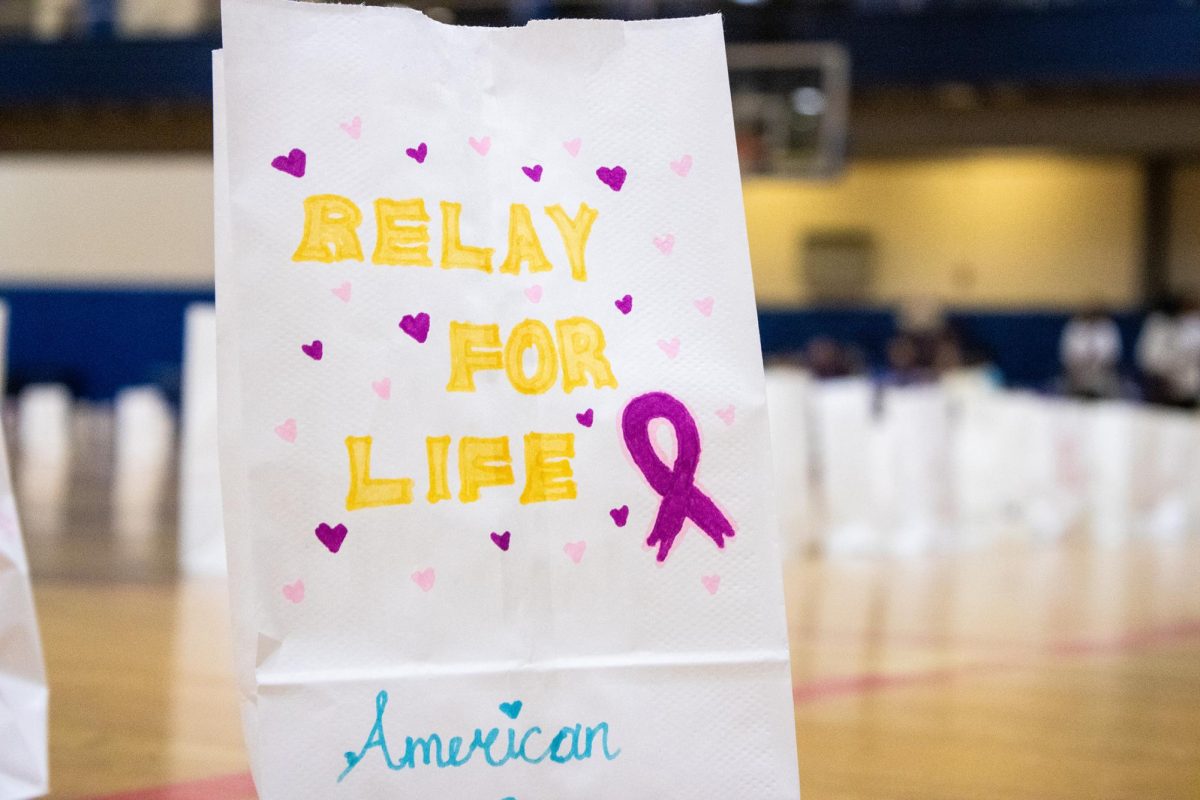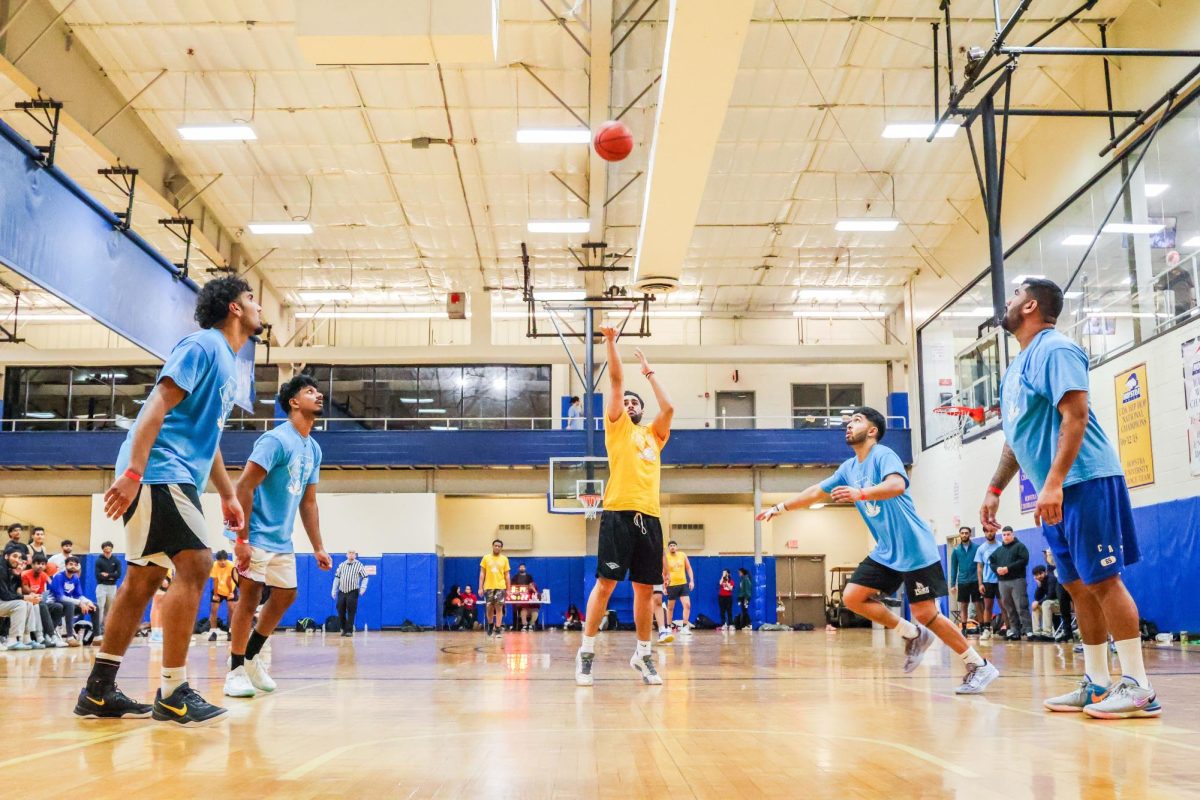By Elliot Rubin - SPECIAL TO THE CHRONICLE
Despite the fact that Hofstra’s football team has been disbanded for nearly five years, there have been several notable success stories from football and other Hofstra sports programs. These have generated positive press for the school throughout recent years.
Wayne Chrebet Jr., possibly the most prominent example of a Hofstra athlete, succeeded both on and off the field. After graduating with a bachelor of science degree in criminal justice in ‘95, he began a long and successful career as a top tier wide receiver for the Jets. Chrebet is now vice president at Barclays Bank in Manhattan and remains one of the most well-known success stories of a Hofstra athlete.
Among other Hofstra football players, Willie Colon and Marques Colston have also risen from the Hofstra ranks to play in the NFL. Colon is the gritty right guard and the emotional leader of the New York Jets. Colston, having won a Super Bowl already, is the number one receiver on the New Orleans Saints, one of the best offenses in the NFL.
Another prime example of a Hofstra athlete continuing to thrive in sports post-graduation is cornerback Kyle Arrington. Despite the fact that he initially went undrafted in 2008, Arrington has managed, through hard work, to put himself in a prime position to succeed. In 2009, he played his way onto one of the most consistent teams of the past decade, the New England Patriots. Only one year after signing with the team, Arrington became a starting cornerback for the Patriots, performing admirably. In fact, the Patriots reached the Super Bowl in 2011 (before ultimately losing to the Giants), and since his arrival the team has reached the American Football Conference (AFC) championship game three times.
Also advancing to the pros in his post-Hofstra career is Raheem Morris. Shortly after he graduated in ‘97, Morris was hired by the Tampa Bay Buccaneers to be their defensive coordinator, and helped lead them against the Oakland Raiders to their first Super Bowl title in 2002.
Charles Jenkins rose to the professional rankings following his college basketball career. He was drafted in the second round by the Golden State Warriors, where he remained for two years until he was traded to the 76ers.
Graduates who have made headlines in the world of sports have not just been restricted to players, either. Randy Levine, Hofstra law ‘80, is the president of one of the teams in Major League Baseball that consistently has one of the top payrolls in the majors. Since Levine became president of the Yankees in 2000, the franchise has won two World Series titles.
After culminating a very productive collegiate career, Craig “Speedy” Claxton was drafted in the first round, 20th overall pick, by the Philadelphia 76ers. He played in the National Basketball Association for eight years before retiring in 2010. His number was retired by Hofstra in 2011, and a lot of excitement followed when he became an assistant coach on the team in 2013.
Claxton had a few interesting things to say when asked about his experience being a student-athlete and about adapting to life post college. Coach Claxton alluded to the ease that these experiences provide in adjusting to the “real world.” When asked about attributes college athletes need in order to be successful in transitioning to their career, Claxton responded, “College teaches you how to be on time, and how to be responsible.”



